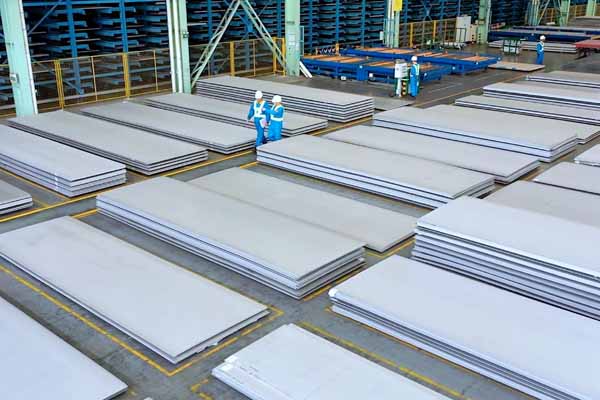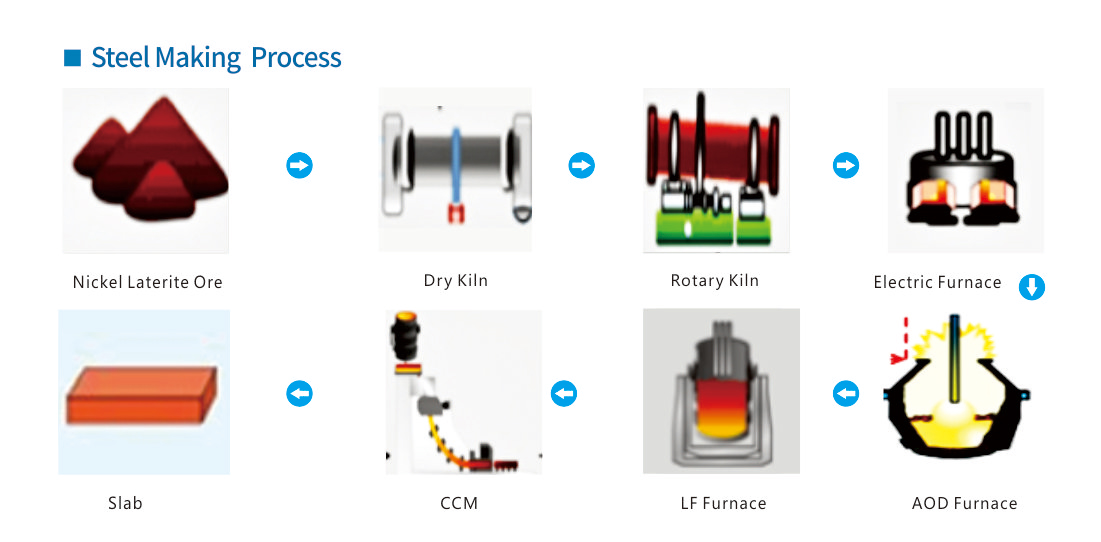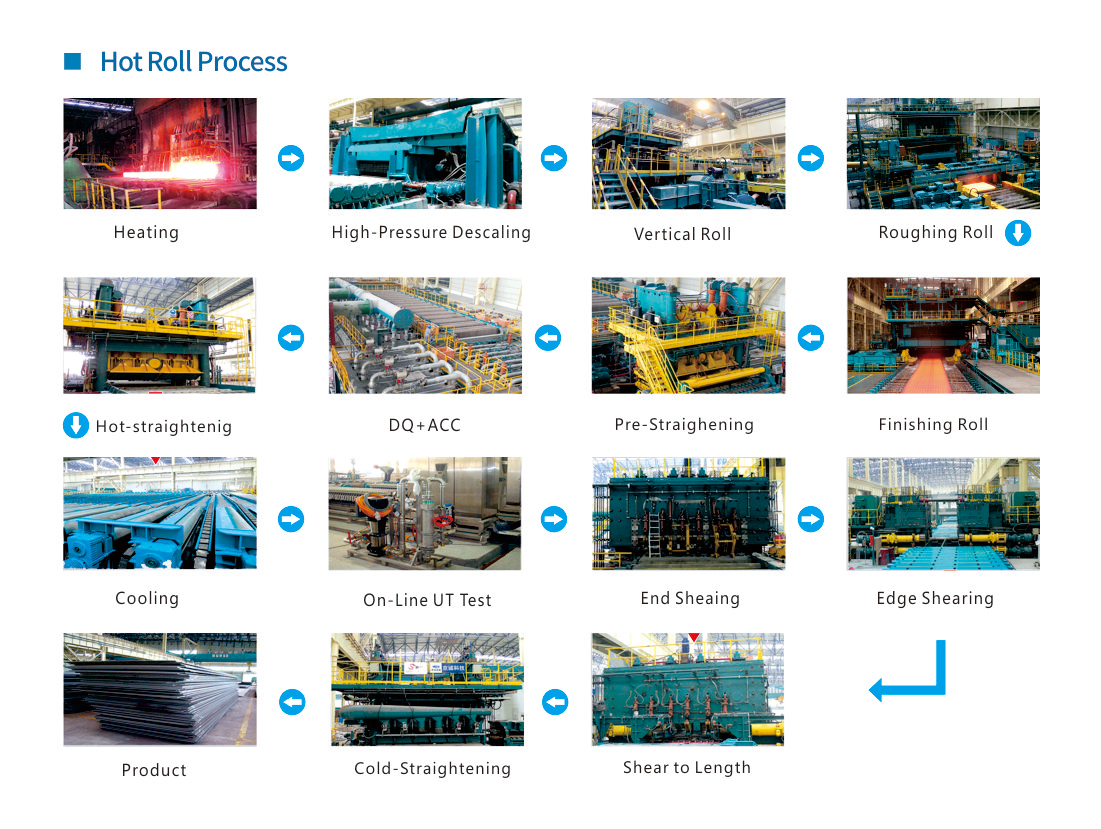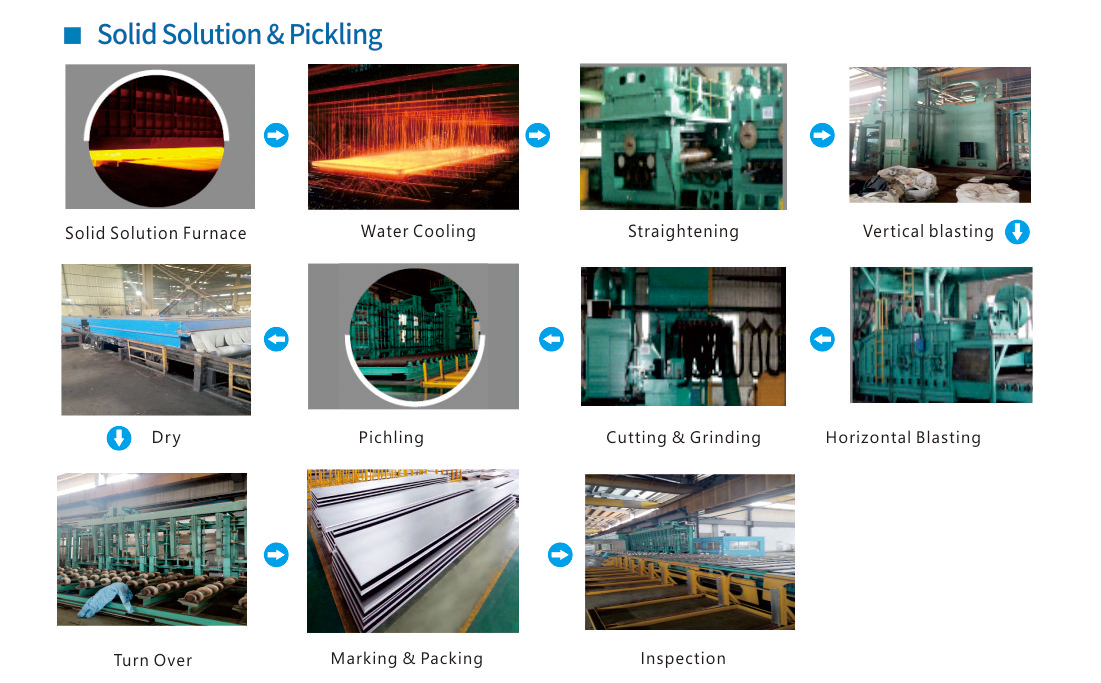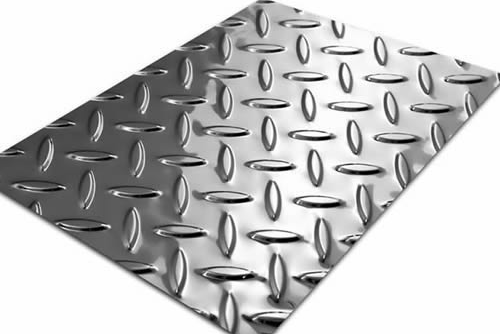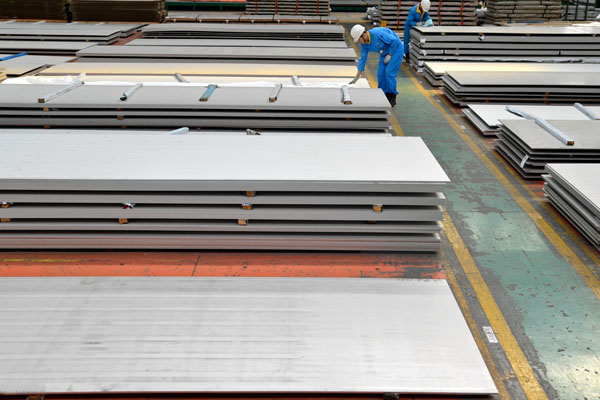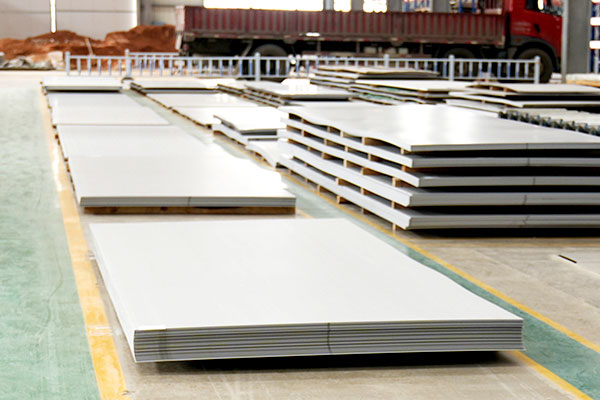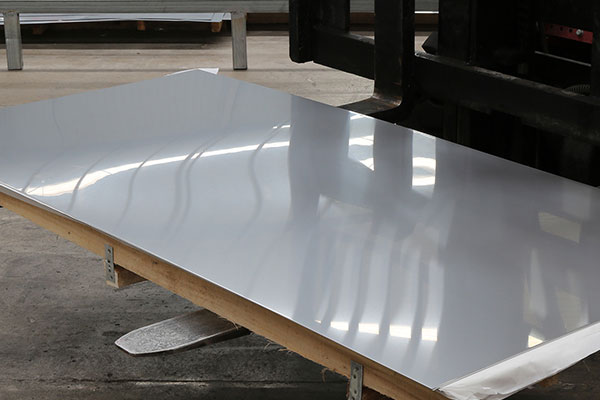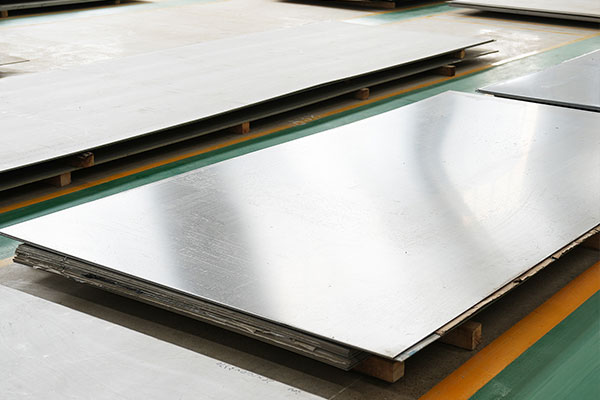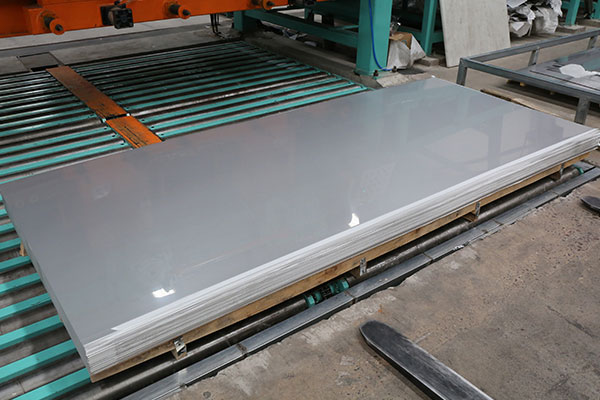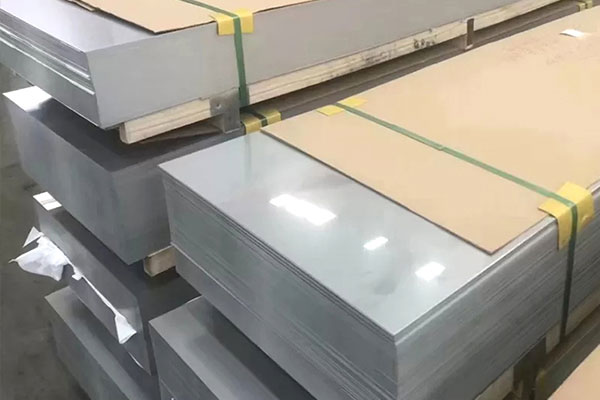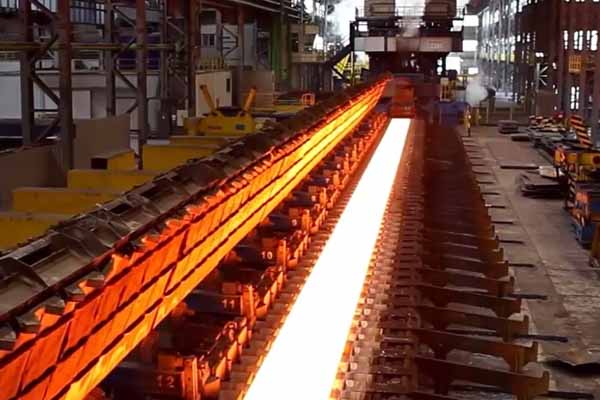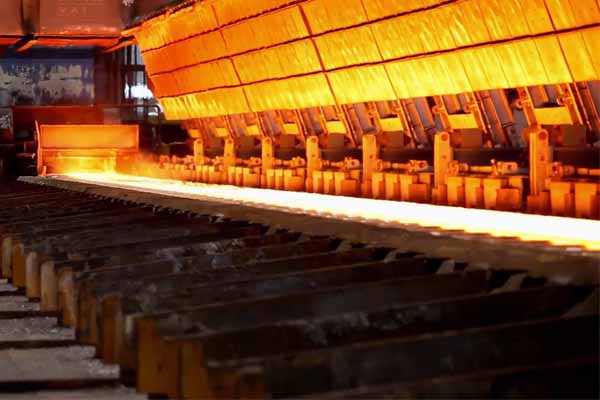E-mail : service@ronsteel.comPhone : +8617773160488
- Home
- About Us
- Product & Service
- Stainless Steel Plate
- 304/304L/304H STAINLESS STEEL PLATE
- 316/316L STAINLESS STEEL PLATE
- 321/321H STAINLESS STEEL PLATE
- 310/310S STAINLESS STEEL PLATE
- 309/309S STAINLESS STEEL PLATE
- 2205/2507 STAINLESS STEEL PLATE
- 904L STAINLESS STEEL PLATE
- 410/410S STAINLESS STEEL PLATE
- 420/430 STAINLESS STEEL PLATE
- 304 Stainless Steel Chequered Plates
- Stainless Steel Coil
- 304/304L/304H STAINLESS STEEL COIL
- 316/316L STAINLESS STEEL COIL
- 321/321H STAINLESS STEEL COIL
- 310/310S STAINLESS STEEL COIL
- 309/309S STAINLESS STEEL COIL
- 2205/2507 STAINLESS STEEL COIL
- 904L STAINLESS STEEL COIL
- 410/410S STAINLESS STEEL COIL
- 420/430 STAINLESS STEEL COIL
- 304 Stainless Steel Chequered Coils
- Stainless Steel Strip
- Nickel Alloy Plate
- Nickel Alloy Coil
- Nickel Alloy Strip
- Processing Service
- Stainless Steel Plate
- Quality Assurance
- Project
- News
- Contact
Request A Quote
 English
English Русский
Русский

